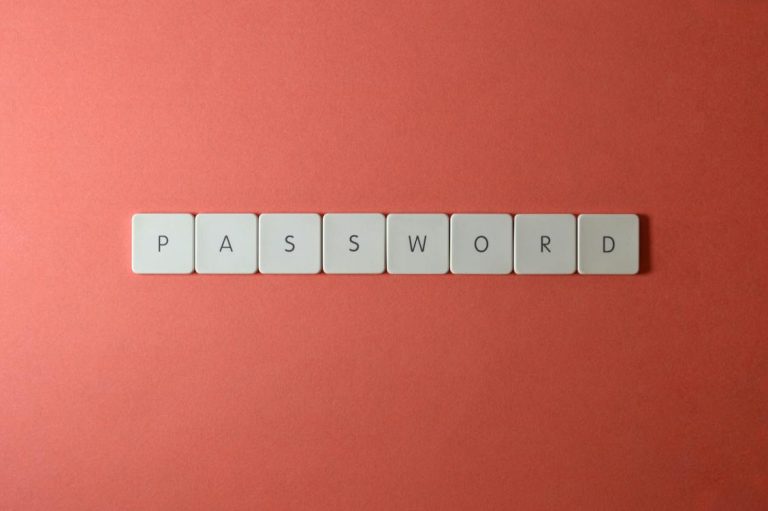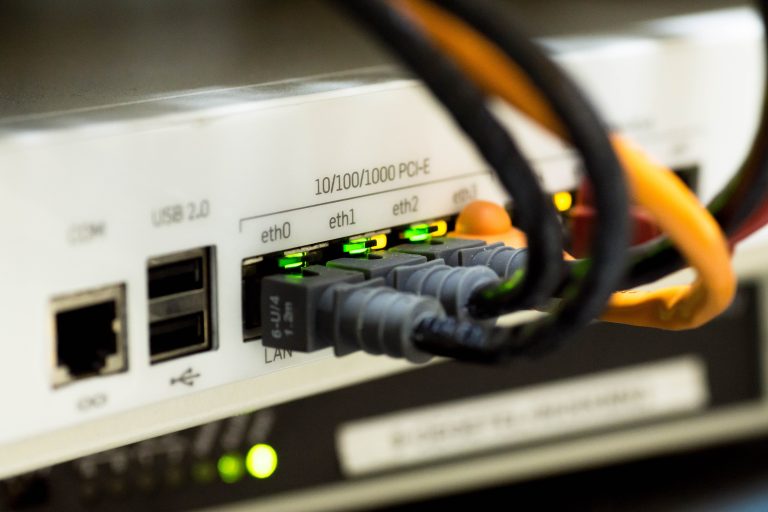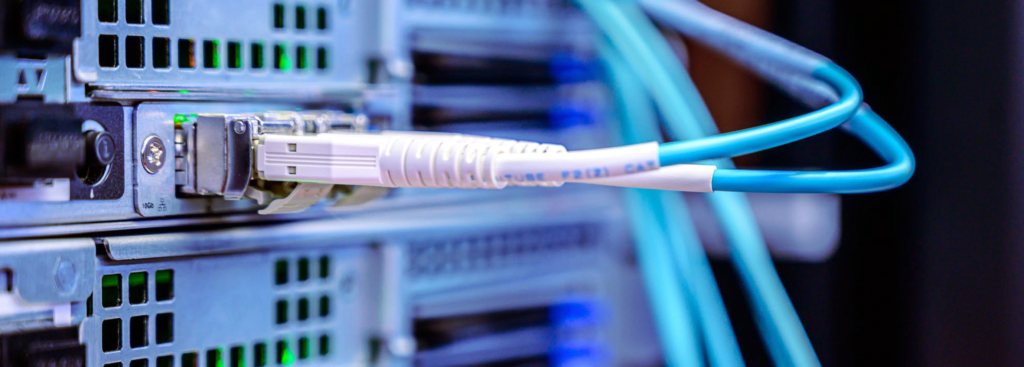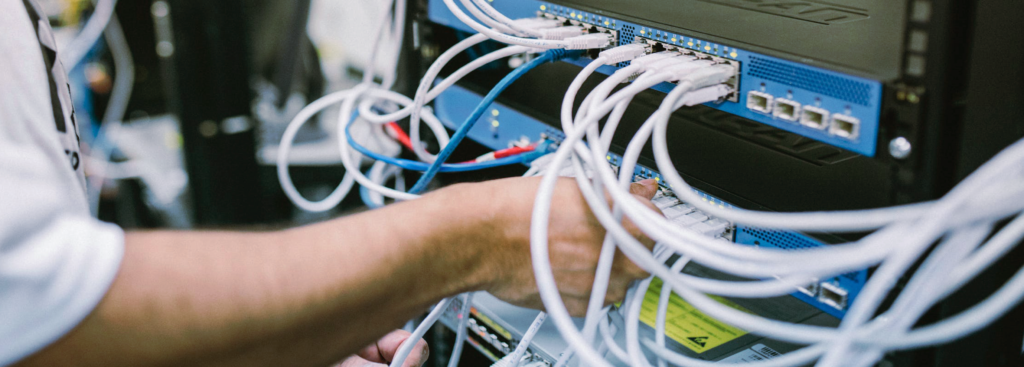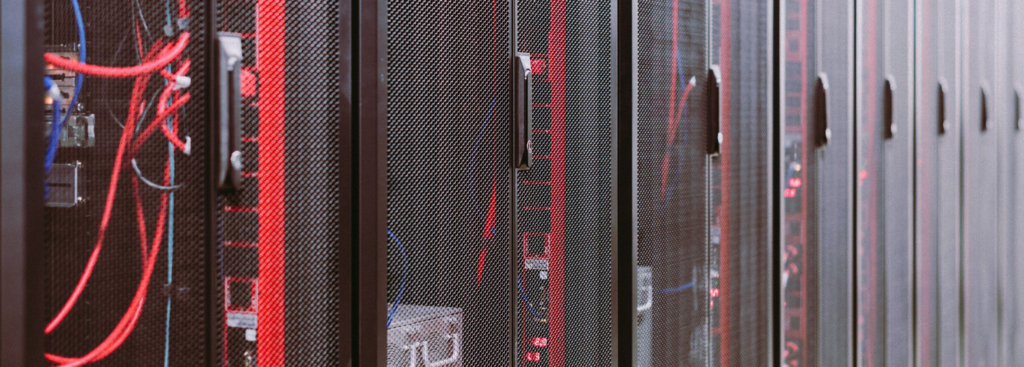Web browsing – it’s an essential part of our daily lives. People rely on the internet for various tasks from shopping, to banking, and even socialising and entertainment. However, with the increasing use of the internet, the number of security threats has also increased. One such threat is cookie hijacking.
What is Cookie Hijacking?
A cookie is a small piece of data that a website stores on a user’s computer. Cookies are used to store user-specific information – such as login credentials, shopping cart contents, and browsing history. They’re an essential part of modern web browsing – but, unfortunately, can also be used maliciously.
Cookie hijacking, also known as session hijacking, is a type of cyber attack where a hacker steals a user’s cookies data. Once a hacker has access to a user’s cookies, they can gain access to their personal information. This may include login credentials, addresses, and credit card details.
How Does Cookie Hijacking Happen?
Cookie hijacking can happen in several ways. One common method is through unsecured Wi-Fi networks. Hackers can use software to intercept data transmitted over a Wi-Fi network and steal cookies. Another way is through phishing scams. Hackers can use malware which after infecting a user’s computer, will spy on them and record their browser sessions.
How to Prevent Cookie Hijacking?
Preventing cookie hijacking requires a few simple steps. First, you should avoid using public Wi-Fi networks. If you must connect to public Wi-Fi, use a virtual private network (VPN) to encrypt your data. additionally, you should always verify the URL of any website you’re accessing or logging into – only entering login credentials on secure websites. Furthermore, you can clear your cookies regularly to prevent hackers from accessing old cookies. The use of two-factor authentication, available or often required for most logins now, can prevent hackers from accessing your accounts even if they have stolen your cookies.
Website owners can also take steps to prevent this attack. They can use secure connections, such as HTTPS, to encrypt user data transmitted over the internet.
Preventing cookie hijacking requires a combination of user awareness and website security measures. By taking simple steps such as avoiding unsecured Wi-Fi networks, verifying website URLs, and clearing cookies regularly, you can protect yourself from these intricate attacks.



